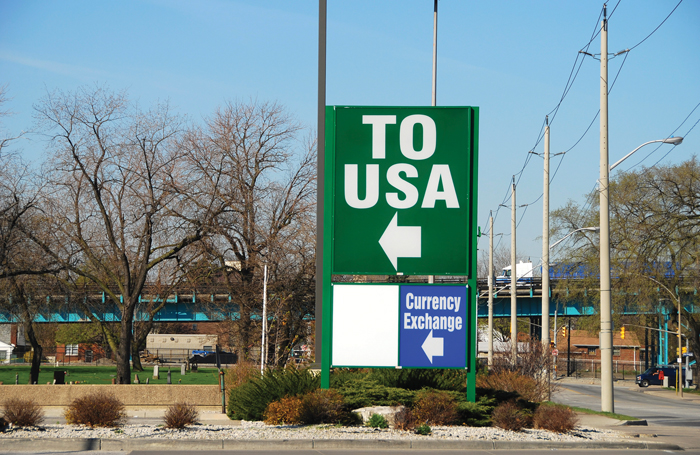So corn is rockin north of $7, beans are toyin with $14, cattle look to be headed to who-knows-where, wheat prices for almost every variety are tall to really tall, and hogs, well, bacon is sellin for what steak used to.
Wow, huh? And here are two more sweet words: land values.
Second-quarter 2011 farmland values in the Seventh Federal Reserve District, the buckle of the Midwest s Corn Belt that includes all of Iowa and most of Illinois and Indiana, rose an astonishing 17 per cent over a year ago.
Read Also

Canada’s Grocery Code of Conduct just window dressing
The voluntary nature of Canada’s Grocery Code of Conduct robs it of effectiveness and won’t result in the food system accountability that’s needed.
And, yes, that was the largest year-to-year quarterly rise since the 1970s.
What? What did I say?
Oh, the 1970s. Sorry, what do I know?
Probably not much because 36 per cent of the Seventh District s ag bankers think farmland values will continue to increase while just two per cent& expect farmland values to fall in the third quarter of 2011, noted the Chicago Fed s August AgLetter.
That s 18 bulls to every one bear and bankers are rarely wrong, right?
So don t worry; be happy.
Besides, scolds like me will do the handwringing over little things that might tarnish the golden harvest of September and October. Little things like, say, jobs because just guessin here it s hard to sell $13 ribeyes to people without paycheques.
Even worse (but don t worry, I m on the case), the U.S. economy continues to shed well-paying jobs. Indeed, between Jan. 2001 and Jan. 2010, the number of American manufacturing jobs fell 32 per cent, from 17.5 million to 11.7 million.
During that same decade, the U.S. trade deficit for manufactured goods, according to Commerce Department data, climbed ready for this? an almost perfectly coincidental 30 per cent.
The big winner in that job and money migration was China. It not only got many of those 5.5 million former U.S. factory jobs, our annual trade deficit to the once-Red, now-barely Pink nation soared from $84 billion in 2001 to $275 billion in 2011.
The simplest, nearly universal solution to these debilitating trends requires political action: the American government must force a yuan re-evaluation that drains China of its huge and hugely subsidized market advantage here.
Such a move, or even talk of such a move, is not good for you, U.S. farm prices, U.S. land values and any Chinese person who happens to eat. But it s very hard to see any U.S. job push without a similar push for Chinese currency reform and&
Well, let me worry about that for you.
While I m at it, let me worry about Europe, too. I know you know that several of the Continent s national treasuries are under water. For example, Ireland s national debt to gross domestic product ratio is, whoa, 119 per cent and Greece s is ooh, 158 per cent.
Those bad numbers likely will get worse because the European Union s economic growth is as sick as ours. Last quarter, U.S. GDP grew 0.3 per cent while France s didn t grow at all and Germany s burped upwards a tiny 0.1 per cent.
Interestingly, lovely old Belgium, without a government for 17 months, was the Euro-zone winner last quarter as GDP there grew 0.7 per cent.
The lesson, cheekily wrote John Lanchester in the Sept. 8London Review of Books,is that (F)rom an economic point of view, in the current crisis, no government is better than any government.
Maybe for Belgium but not so for America, one-fourth the world s economy. More political stalemate here means more economic trouble both here and in Europe, a quarter of the world economy, also. As such, if one-half of the global economy continues to sputter, how long can $7 corn and 17 per cent increases in land values hold?
Relax, beans are headed to $14 and cows to the moon. What could possibly go wrong? Besides, I got it.
lan Guebert writes from Delavan Illinois. His Farm
and Food File column appears in 70 North American and
European publications. www.farmandfoodfile.com


















